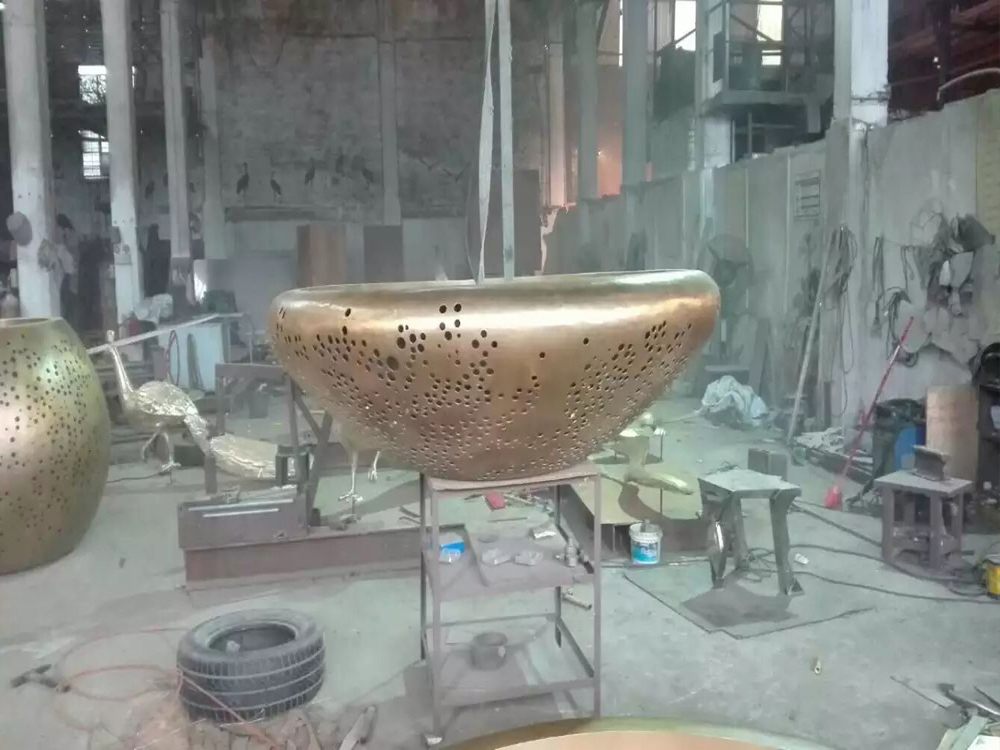
Creating the illusion of depth in flat or low-relief bronze sculptures is a masterful blend of artistic technique and optical trickery. Artists employ several methods to achieve this effect, transforming two-dimensional surfaces into dynamic, three-dimensional artworks.
One key technique is layering, where overlapping elements suggest spatial relationships. By strategically placing figures or objects in foreground, midground, and background layers, sculptors mimic natural depth perception. The foreground elements are often more pronounced, while background details are subtly recessed.
Perspective manipulation also plays a crucial role. Artists use linear perspective—converging lines and diminishing scale—to guide the viewer’s eye into the sculpture. Foreshortening, where objects are compressed to appear receding, further enhances the illusion.
Shading and texture are equally vital. Delicate variations in surface finish—smoother areas for highlights and rougher textures for shadows—create tonal contrast. This mimics how light interacts with three-dimensional forms, tricking the eye into perceiving depth.
Finally, undercutting—carving sharp angles beneath raised elements—casts natural shadows that amplify dimensionality. Combined, these techniques breathe life into bronze, proving that even the flattest surfaces can tell the deepest stories.

